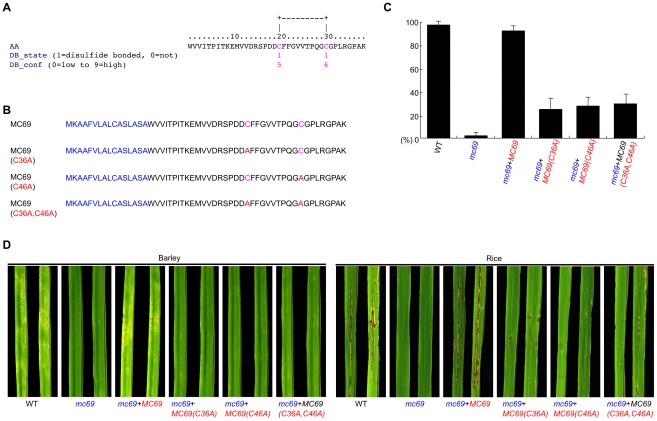Figure 4. Two cysteine residues are important for MC69 virulence activity.
(A) DISULFIND (http://disulfind.dsi.unifi.it/) output of the mature form of MC69 protein. (B) Amino acid sequences of disulfide mutants of MC69. The predicted signal peptide is indicated in blue. (C) Appressorial penetration by M. oryzae wild-type strain Ina72 (WT) and transformants with various versions of MC69. Mean percentage of invasion in rice (cv. Shin No. 2) leaf sheath cells 30 h after inoculation is presented. Four replicates of ∼50 appressoria were counted for each observation. (D) Blast symptoms caused by WT, the mc69 mutant (mc69), the MC69-, MC69(C36A)-, MC69(C46A)- and the MC69(C36A,C46A)-re-introduced strains [mc69+MC69, mc69+MC69(C36A), mc69+MC69(C46A) and mc69+MC69(C36A,C46A)] on barley (cv. Nigrate) and on rice (cv. Shin No. 2) 4 and 7 days after inoculation, respectively.

